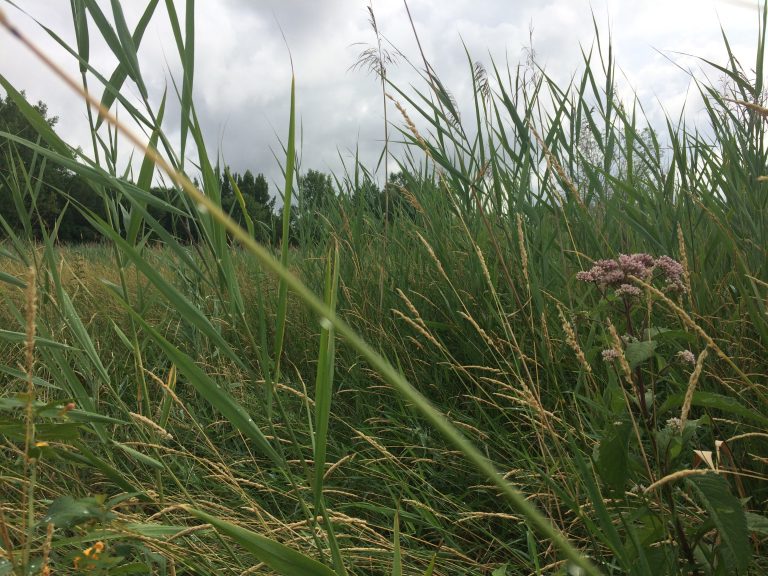
Reed canary grass (Phalaris arundinaceae) is a member of the grass (Poaceae) family, just like common reed (Phragmites australis) - however, unlike this species, reed canary grass is rarely taller than 2 meters. It forms very dense colonies, which prevents other plant species from establishing themselves, which decreases the potential biodiversity of colonized areas.

The success of this plant relies on its important seed production, and its capacity to vegetatively (asexually) reproduce through its rhizomes. Furthermore, the species can easily regenerate after several eradication attempts, even over many years, because the topsoil on which it established itself contains massive amounts of dormant seeds, which will rapidly recolonize a cleared site.
Reed canary grass is a circumboreal species, meaning it is found on all continents (Asia, Europe and North America) at similar latitudes. Initially, in the 19th century, it was cultivated in Asia and Europe and used as a fodder plant for cattle. Agriculturally improved varieties were introduced to North America and these uncontrollably breeded with our native populations. Perhaps two types still coexist, but no studies were done to map the genetic distribution of different species and varieties across their distribution area.
Today, it is mostly found in western Canada and it remains cultivated as forage for cattle. It is extremely tolerant to extended flooding periods and has interesting biomass production potential, despite its invasive properties.
In Quebec, it does not seem to proliferate elsewhere than between St-Louis Lake and St-Pierre Lake ; it isn’t therefore considered as a very threatening invasive species, for the time being. Surveillance and monitoring of this species’ dispersing remains nevertheless important. There are no ongoing eradication programs in Canada. In Laval, several large humid prairies are completely invaded, mostly in Saint-François, Auteuil and Saint-Vincent-de-Paul.
Sources
Guide Grobec – Union Saint-Laurent-Grands-Lacs (in French)
Sentinelle – Government of Quebec (in French)



